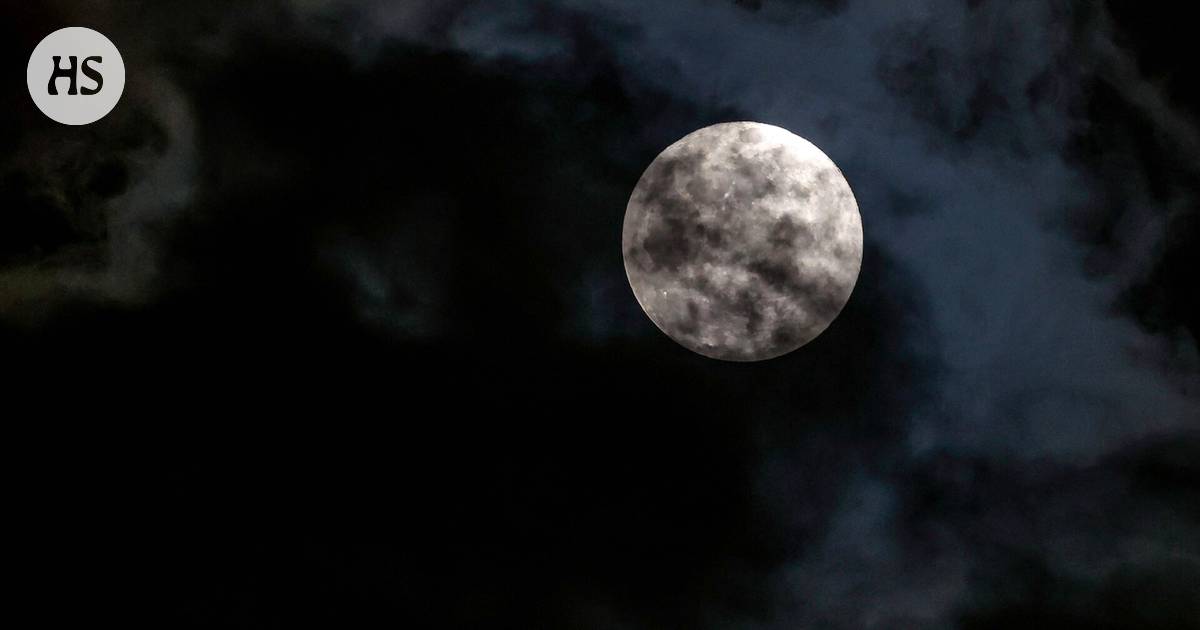The US government is set to implement a new time zone called Coordinated Lunar Time (LTC) in 2026, aimed at ensuring safety and accuracy as more space flights are launched to the Moon, Mars, and beyond. NASA, the US space administration, has been tasked with creating this time zone to keep up with the increasing interest in space exploration.
According to Steve Walby, representative of the White House Technology Authority’s OSTP, establishing extraterrestrial time standards is crucial with the growing interest in space exploration. LTC will be based on Coordinated Universal Time (UTC), which is also used by the International Space Station. By creating a time zone for the Moon, countries and companies involved in space exploration can make more accurate calculations for their missions.
Time on the Moon passes slightly faster than on Earth, with each day on the Moon being about 58.7 microseconds faster than a day on Earth. This difference in time passage is due to the effects of gravity in different parts of the universe. By creating a time zone for the Moon, countries and companies involved in space exploration can make more accurate calculations for their missions.
Nasa is expected to implement LTC by 2026, coinciding with the United States’ planned manned mission to the Moon. The ESA (European Space Agency) has also developed a similar system. This initiative aims to keep the US at the forefront of space exploration and to set a standard for international cooperation in space missions.



